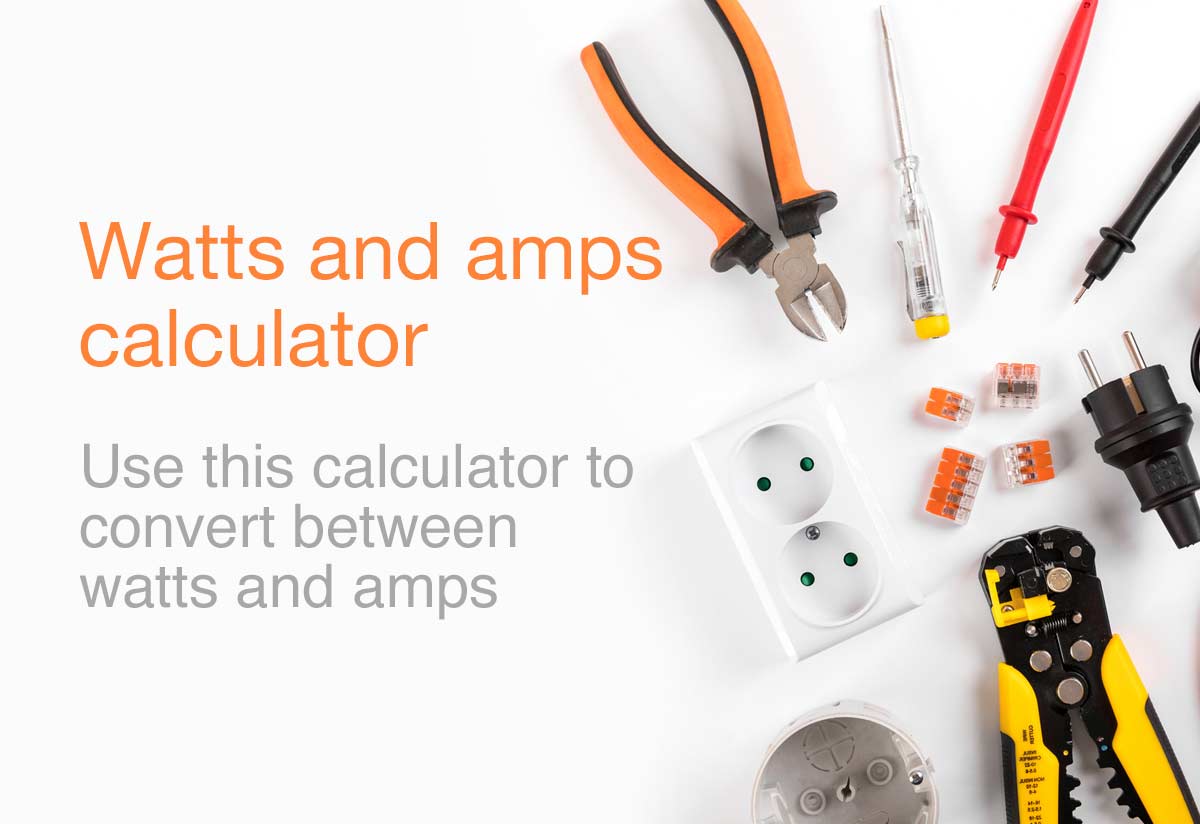MisterB
LIFE MEMBER
- Feb 25, 2018
- 5,881
- 13,177
- Funster No
- 52,564
- MH
- Adria 670 SLT
- Exp
- enough to know i shouldnt touch things i know nothing about ....
Hi, we have an Adria 640 SLT and i have tried to fit a 1000W pure sine wave inverter.
when i connect the inverter direct to the leisure battery, it trips the electric supply into the van - even without the fuse/circuit breaker on the inverter set to 'on' -
it appears that the onboard Adria controller detects that something has been added, even though the inverter is fitted directly to the battery, and triggers into a 'safe mode' by shutting all the 12v amd 240v supplies off.
the two connections i have made to the inverter are crimped connections and i have an inline 100A circuit breaker on the + side fitted between battery and inverter.
can anyone suggest why this may be happening? i did think it might be a faulty inverter, but it isnt even receiving power as i have yet to 'set' the circuit breaker?
could it need a separate earth connection direct to the chassis or to the earth connection for the on board electrics??
i did think the negative wire would provide the earth, but if the on board system is looking for a balanced circuit, could that be the issue?
i will try that later when i get chance
as a safety precaution i have now removed the inverter and wiring from the system and all power is now back functioning correctly
when i connect the inverter direct to the leisure battery, it trips the electric supply into the van - even without the fuse/circuit breaker on the inverter set to 'on' -
it appears that the onboard Adria controller detects that something has been added, even though the inverter is fitted directly to the battery, and triggers into a 'safe mode' by shutting all the 12v amd 240v supplies off.
the two connections i have made to the inverter are crimped connections and i have an inline 100A circuit breaker on the + side fitted between battery and inverter.
can anyone suggest why this may be happening? i did think it might be a faulty inverter, but it isnt even receiving power as i have yet to 'set' the circuit breaker?
could it need a separate earth connection direct to the chassis or to the earth connection for the on board electrics??
i did think the negative wire would provide the earth, but if the on board system is looking for a balanced circuit, could that be the issue?
i will try that later when i get chance
as a safety precaution i have now removed the inverter and wiring from the system and all power is now back functioning correctly
Last edited:


